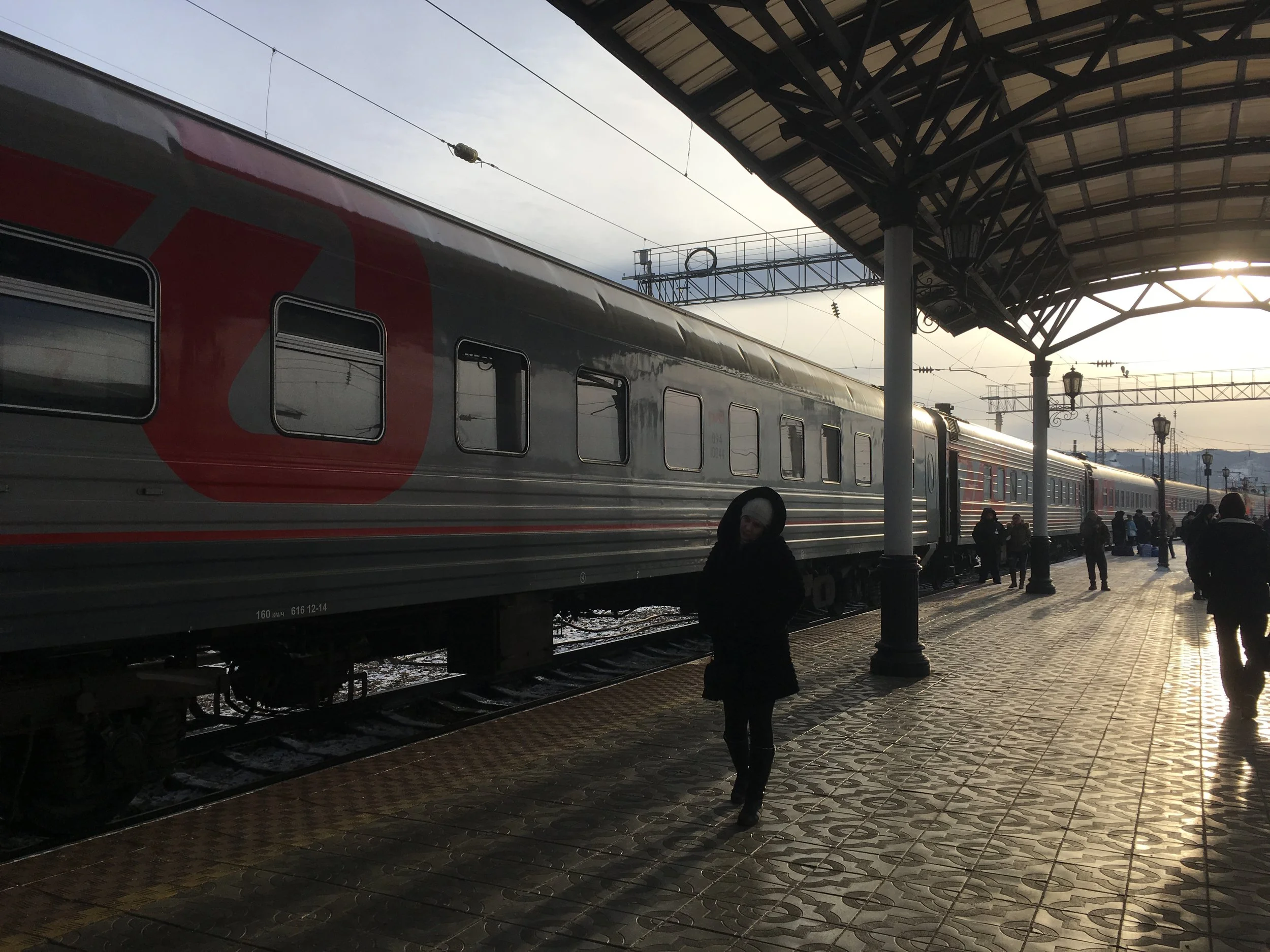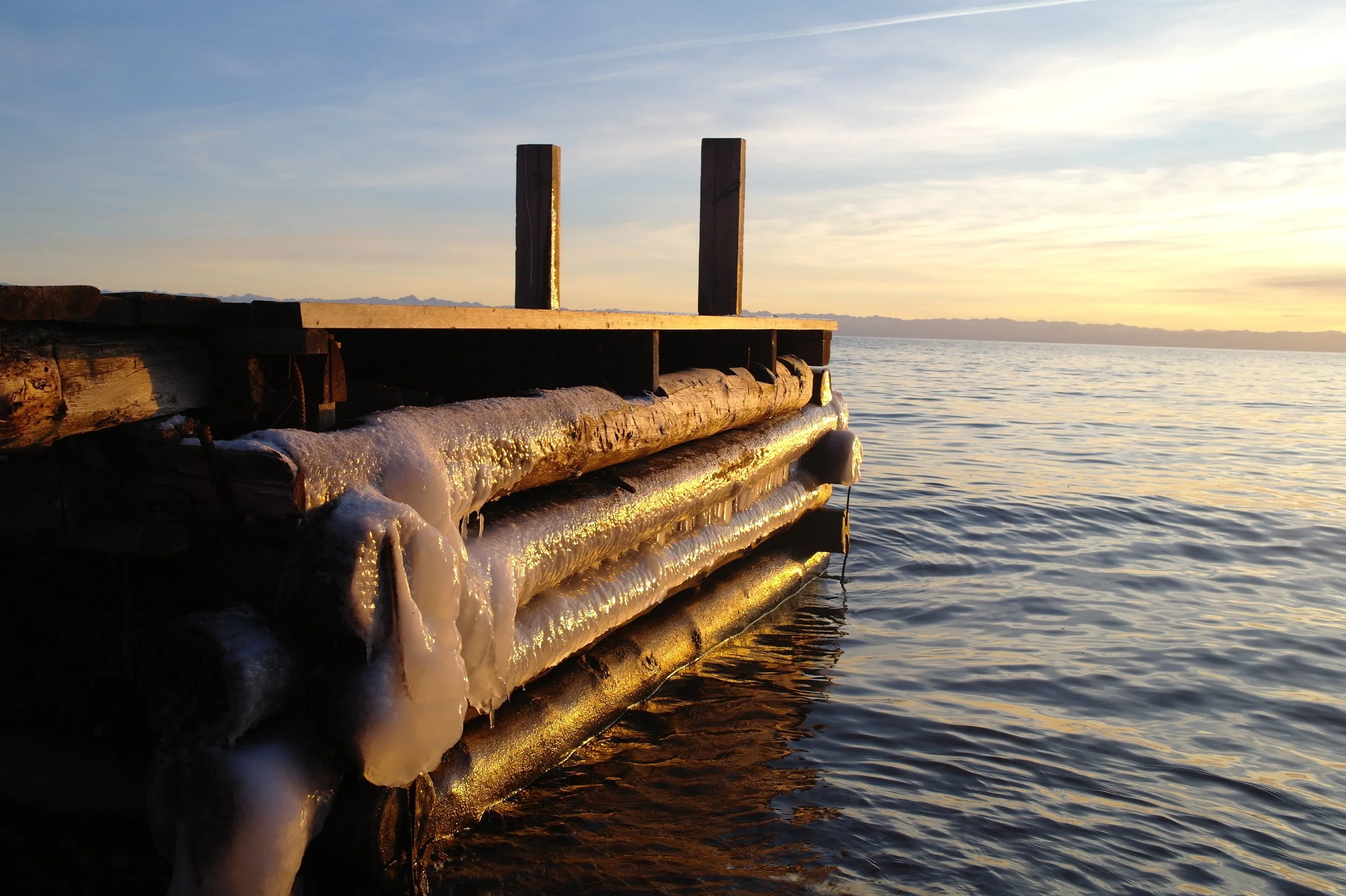An Introduction to the Trans-Siberian
Before I started my research, I thought the Trans-Siberian was the name of a train that took you across Russia. It's not.
The Trans-Siberian is actually the network of railways that run across Russia. The primary route, the Trans-Siberian, travels between Moscow in the west and Vladivostok in the east. At nearly 9,300kms, it's the third longest continuous railway in the world and it would take just over 6 days of continuous train travel to do it in one go.
There are also two secondary routes that branch off from the Trans-Siberian, connecting Moscow and Beijing: the Trans-Manchurian and the Trans-Mongolian. Of the two, the Trans-Manchurian is shorter, as it only passes through Russia and China. The Trans-Mongolian is the longer route to Beijing and it makes three stops in Mongolia, including the capital of Ulaanbaatar.
While it's possible to follow any of these routes on a single train, most people choose to get on and off, which means you get to experience a different train for every leg of your journey.
Here's a basic rundown of trains on the Trans-Siberian:
Firmeny
The nicest trains are called Firmeny trains and they're identifiable by their unique names (like train 2, The Rossiya) and personalized interior design. Firmeny trains travel at high speeds, make the fewest stops, and have the most amenities on board, such as: individual power outlets, safety deposit boxes, slippers, toothbrushes, televisions, filtered cold water, free hot meals in your compartment, a good dining car, and the most experienced staff. And, obviously, they're the most expensive.
Skory
The second class of train is the fast train, or Skory. These are numbered between 1-160 (excepting the Firmeny trains) and they are the most common train type for long-distance routes. They travel at slightly higher speeds than the Firmeny trains, but they make more stops and have fewer on board amenities–usually just a samovar for hot water and a few power outlets per carriage. They also have a pretty good dining car and may or may not have first class compartments.
Passenger
The third class of train is the passenger train. The passenger trains are numbered 160-870 and they are the slowest long-distance trains, stopping at nearly every stop on the route. They have no first class compartments, the fewest amenities, and the most limited dining options.
On each train, there are (usually) three classes: 1st, 2nd, and 3rd:
First Class
Two people per compartment and a total of 18 people per carriage, sharing two bathrooms and a shower compartment.
Second Class
Four people per compartment and a total of 36 people per carriage, sharing two bathrooms.
Third Class
Six bunks per open section and a total of 54 people per carriage, sharing two bathrooms.
Every train carriage has two provodniks/provodnistas, who collect tickets, distribute bedding and meals, keep the carriage clean, and ensure that you get off at the right stop.
On the traditional Trans-Siberian route, you're guaranteed to be on a Russian train. But if you're following a leg of the Trans-Mongolian or Trans-Manchurian, you could also be on a Chinese or Mongolian train. The basic train types are essentially the same, but there will be differences in the quality of amenities, the cleanliness of the sheets, and the cuisine on offer.
That's a pretty basic rundown of how the railway works and I hope it helps you visualize some of the stories ahead.







